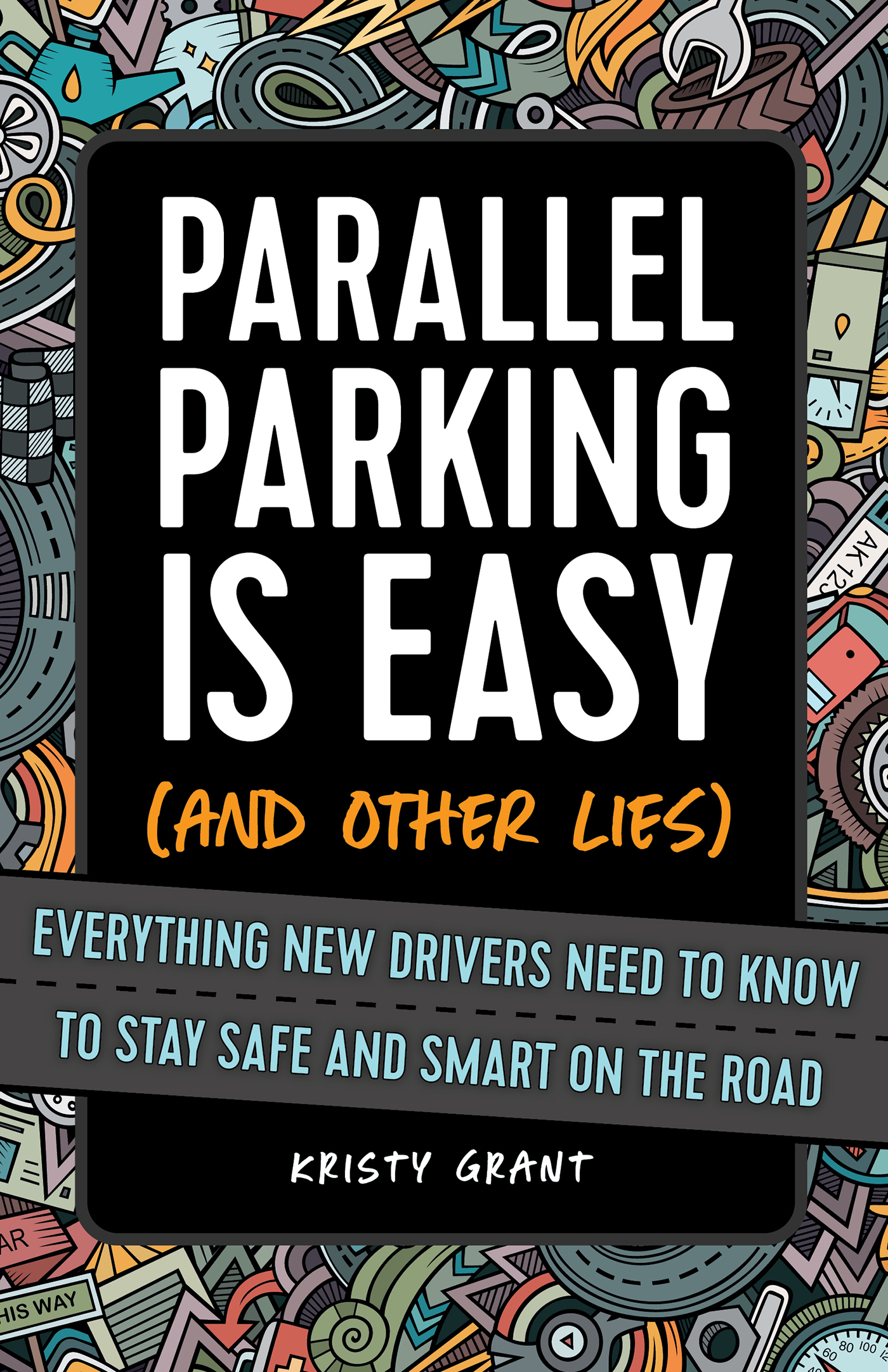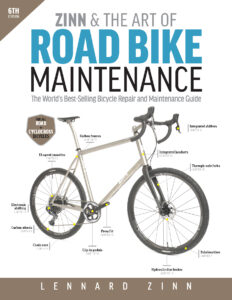
9 Tips for New Drivers Before You Hit the Road
- Book Sample
The following is an excerpt from the new book Parallel Parking Is Easy (And Other Lies) written by Kristy Grant to help you feel more confident and get settled before you take a drive.
Getting Settled Before You Take A Drive
Figuring out where things are and how they work can take a little time. Before you take the car out for a solo spin, give yourself a half hour to sit in the car and get to know the controls.
You should also do a quick “flight check” every time you get into the car to drive it—even if you think you were the last person to use it. Taking time to double-check the position of your seat, mirrors, etc., can improve your comfort and your safety.
It’s always a good idea to get in the car at least 15 minutes earlier than you think you need to leave. That way, if your “flight check” reveals any trouble (like an almost-empty gas tank), you may be able to deal with it . . . and still make it to your destination on time.
Here are a few tips on what to do, why to do it, and how to do it right.
1. Stow Your Stuff Safely
Loose items can be a distraction if they roll around or, worse, roll underfoot. They can even become airborne if you stop suddenly. Stash heavy items (like a car jack or backpack) in the trunk. Another option for the backpack would be to secure it with a seat belt.
Small, lightweight items (like a tissue box or hoodie) can stay up front with you. But keeping most things out of reach is a good idea. It takes away the temptation to reach for something while driving.
2. Lock Your Doors ASAP
Some car doors lock automatically after you go over a certain speed, but don’t wait for them to kick in. Lock all the doors as soon as you and any passengers are settled. Not only does this keep out unwanted “guests,” it also means you won’t have a door swing open while you’re driving.
Don’t worry about getting trapped: Most car doors also unlock automatically after an accident. (If they don’t, you can use your vehicle escape tool to break a window—or just wait for help to arrive.)
3. Start the Car and Adjust the Air
This might seem “extra,” but getting enough fresh air can keep you focused (and comfortable). It can also keep you from breathing in car exhaust!
Since most heating and AC systems take a while to warm up, start the car and adjust the vents before you check everything else. Obviously, if you’re in a garage, pull out and sit in a well-ventilated area while you sit and idle. You don’t want to get carbon monoxide poisoning!
4. Look At the Dashboard for Possible Problems
Now that you’ve started the car, check the dashboard lights. Take care of any problems before you bother with the rest of this checklist. It’s easy to add some air to a tire or slam the trunk shut, but if something’s really wrong, you’re not going anywhere, so there’s no point in adjusting the mirrors.
Myths & Truths
MYTH: All cars are basically the same.
TRUTH: They can be more different than you might think! Even though you should always do the things in this chapter when you get in your own car, it’s even more important when you’re going to drive something unfamiliar. For example, if it starts to rain, you might need to flick on the wipers fast. Making sure you know how to do that—before you leave the driveway—can save you unnecessary stress while on the road.
5. Shift Your Seat To A Comfortable Spot
This isn’t just for comfort: It can keep you safer, too. For example, if you can reach the pedals properly, you’ll have better reaction time when braking. And raising up the seat if you’re short can help you see through the windshield better.
Some cars have levers and others have automatic buttons. Most seats can be moved forward and back. Some allow you to adjust the height of the seat. Other will “save” the settings to the car’s computer (as Driver 1 or Driver 2), so the car will reset the seat (and mirrors) at the touch of a button. Do your best with what you’ve got.
6. Make Sure Your Headrest Will Protect You
Many drivers (including ones with lots of experience) never bother to adjust their headrest. You should, though, because it can protect your neck better if you get rear-ended.
Luckily, it’s easy to adjust: Usually you can just pull it up or push it down. The trick is getting it in the right spot. It should be 2.5 inches (or less) from the back of your head, and the middle of the headrest should be in line with the middle of your head. Think of it this way: If you were to fall back into the headrest, you want your head (not your neck) to hit it first.
FUN FACT: Some cars have headrests (and seats) that automatically adjust to protect you in a rear-end collision.
7. Grab the Wheel At 9 and 3 (Or 8 and 4)
For starters, there should be at least 10 inches between your chest and the steering wheel. (This is enough room so an airbag can inflate safely.)
If your car has a telescoping steering wheel, move it toward or away from you until it’s at the right spot. (If not, you may need to readjust your seat.)
Next, place your hands where they should be while you drive—somewhere around 8 o’clock and 4 o’clock or 9 and 3 if your wheel were an analog clock. Ideally, your palms should be just below shoulder height when you grip the wheel. If they’re not, see if your wheel has a “tilt” lever that can put you in a better position.
8. Adjust the Mirrors So You Can See
This is easy to forget, but important to do. Your side mirrors will help you check your blind spot and your rearview mirror will help you see what’s behind you. You don’t want to realize that they’re at the wrong angle when you’re trying to change lanes!
What’s the “right” angle? You should be able to look in the rearview mirror without leaning and still see the whole rear windshield (or as much as possible).
For each side mirror, angle them toward the car so that you can just barely see the side of your vehicle when you lean to look at them. Also tilt the side mirrors high enough that you’ll see the vehicle behind you, not just the road.
Myths & Truths
MYTH: It’s OK to hang things from the rearview mirror.
TRUTH: It’s illegal to have anything blocking your view through your windshield when the car is in motion. That includes parking tags, air fresheners, charms, and pretty much everything else. In fact, the police can pull you over for it! If you need to use a hanging tag for parking at school or work, take it down before you drive.
9. Ditch the Distractions Before You Drive
Set your phone on drive mode and put it away. Fix your hair and makeup now, if needed, or wait until you get to your destination. If you’re wearing a hood, put it down so it won’t block your side vision. Tighten the cap on your water bottle and stash it so it won’t spill or roll around. You get the idea. The point is: Before you move the gear selector out of Park, make sure you’ll be able to see, hear, and do whatever you need to in order to be safe. Even if you think you’re great at multitasking, save those skills for when you’re playing video games or watching TV.
Parallel Parking Is Easy (and Other Lies)
Give young drivers the keys they need to be safe and responsible behind the wheel with this essential guide for new drivers. You’ve got your license, and now you need the keys to great driving. Hit the road with the essential know-how, tips, and safety information for every new driver in Parallel Parking Is Easy (and Other Lies). While
Learn more





